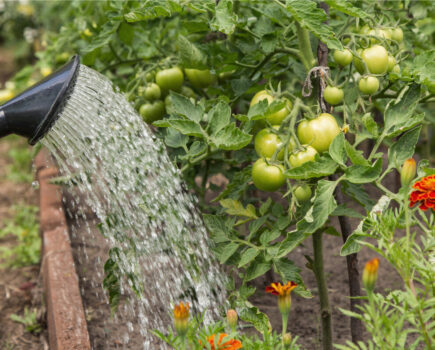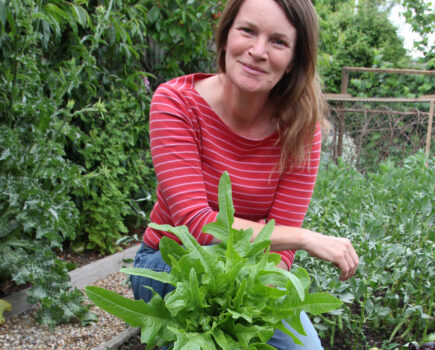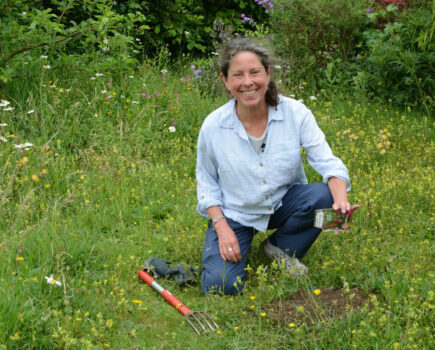Stephanie Hafferty keeps busy on the veg patch and makes a delicious beetroot soup
The middle of February can be a magical time in the garden, when we have more than 10 hours of daylight in each 24 hours. This triggers growth, and makes it an ideal time for the sowing of many edible plants including salads, early peas, spring onions, many kinds of brassicas and broad beans.
I especially like to sow the crimson-flowered varieties of broad beans, which are not hardy enough to overwinter. They look beautiful in the garden, and their pink and red blooms are much loved by bees.
Increased daylight also encourages weed germination, so I’m hoeing beds and paths regularly to prevent them from taking over. Some early ‘weeds’ such as dandelions and Lesser Celandine (Ficaria verna) are valuable to wildlife so I leave as many of these as possible. It’s all about balance. I don’t want dandelions all over the veg beds but on the edges, in the paths, lawn and wild spaces, they are very welcome.
For most of the UK there is still a long way to go before the last frost, so the seeds of tender plants which are not frost hardy, such as tomatoes, melons and cucumbers, are remaining in their packets. The exceptions are chillies, aubergines and sweet peppers, which really do need sowing now if you haven’t already, as they take such a long time to grow in our climate.
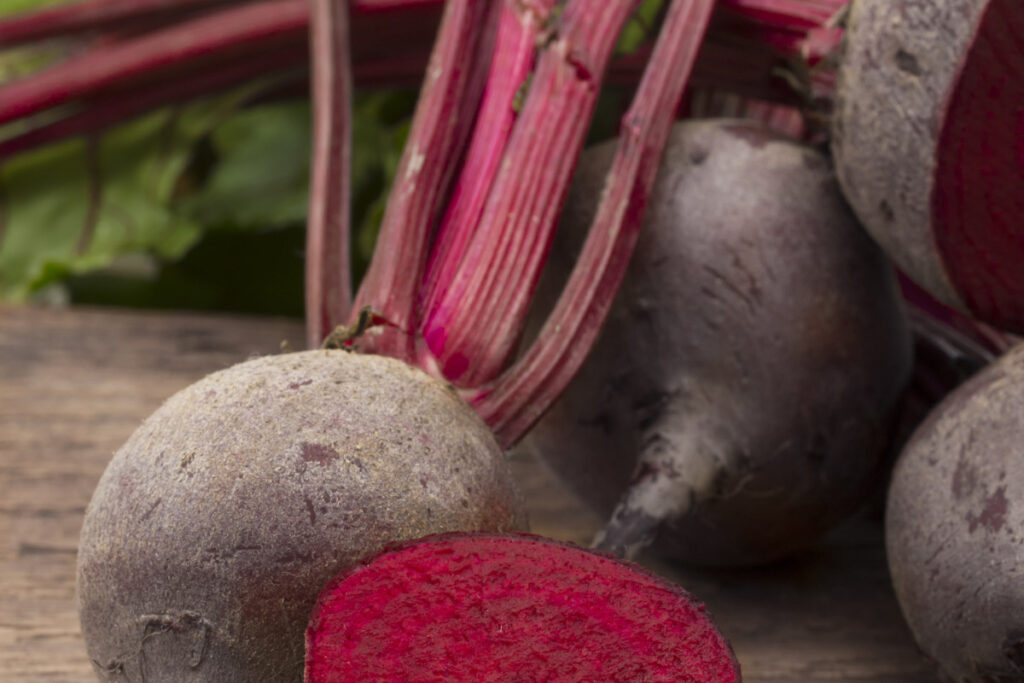
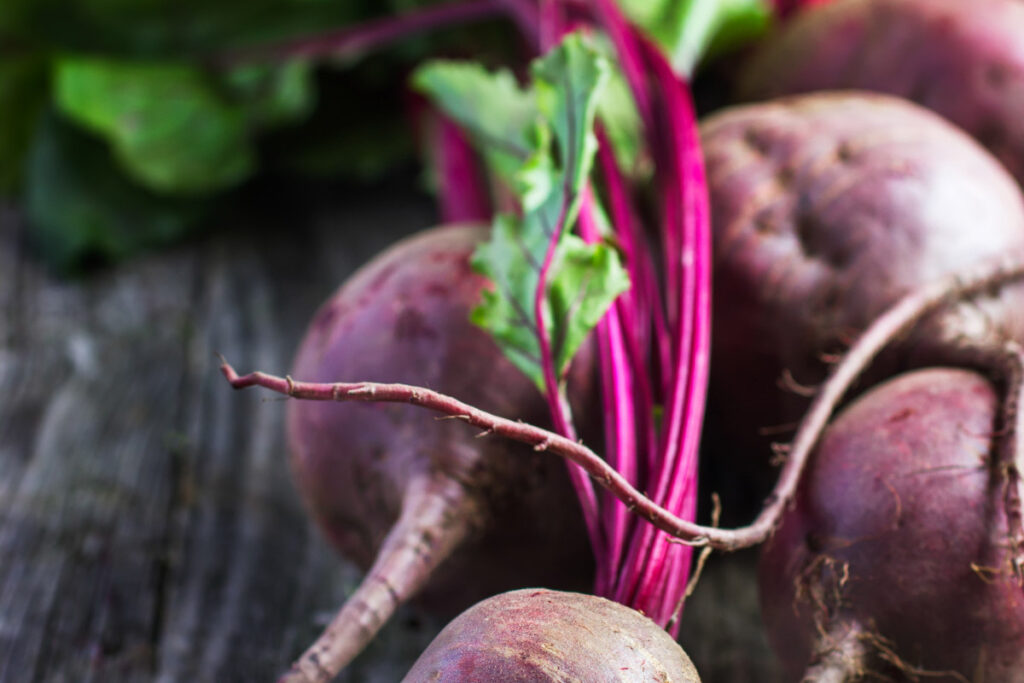
There’s time to catch-up on jobs from winter
In the garden, I am busy mulching beds which were not covered with compost during the winter months, due to the many storms. You can mulch beds at any time of the year as long as the soil isn’t frozen. February is a fairly quiet garden month, before the busy-ness of March and the spring to come, so it’s ideal for catching up with anything that didn’t get finished during the winter, including pruning apple trees and fruit bushes, while they are still dormant.
Pruning saw in hand, I’m also cutting hazel which I coppice for pea sticks and bean poles. When things get a bit more hectic, you’ll be glad you did all this preparation and are well ahead.
Keep checking stored supplies of over wintered produce and use up anything that is going past its best. Veg that is looking a bit past its prime makes an ideal soup, which keeps well in the fridge, and is always welcome after a chilly morning gardening.
…………………….
Warming beetroot soup recipe
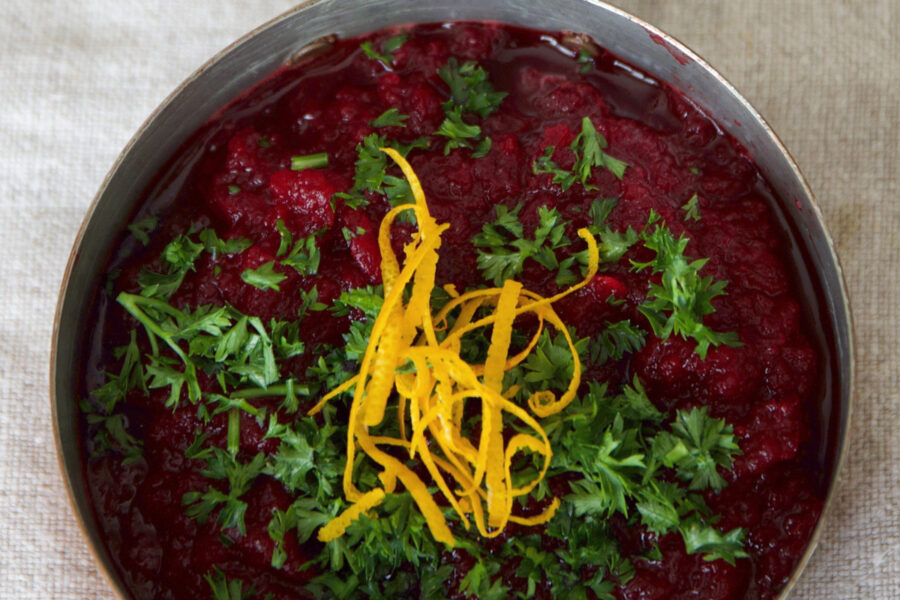
Warming, flavourful and nutritious, this beetroot soup looks stunning and tastes delicious. The earthiness of beetroot combines beautifully with spicy ginger and sweet bright oranges.
This soup is an excellent way of using up beetroot that has gone a bit soft in storage, or which is otherwise past its prime. You can of course use fresh beetroot too.
Beetroot does not need peeling when it is fresh, a good scrub suffices, but older wrinkled-skin beetroot can be tough, so I usually peel them.
This colourful soup can stain clothes, so protect your clothing when cooking and blending (and eating, if you’re like me!)
Serves 4
Ingredients
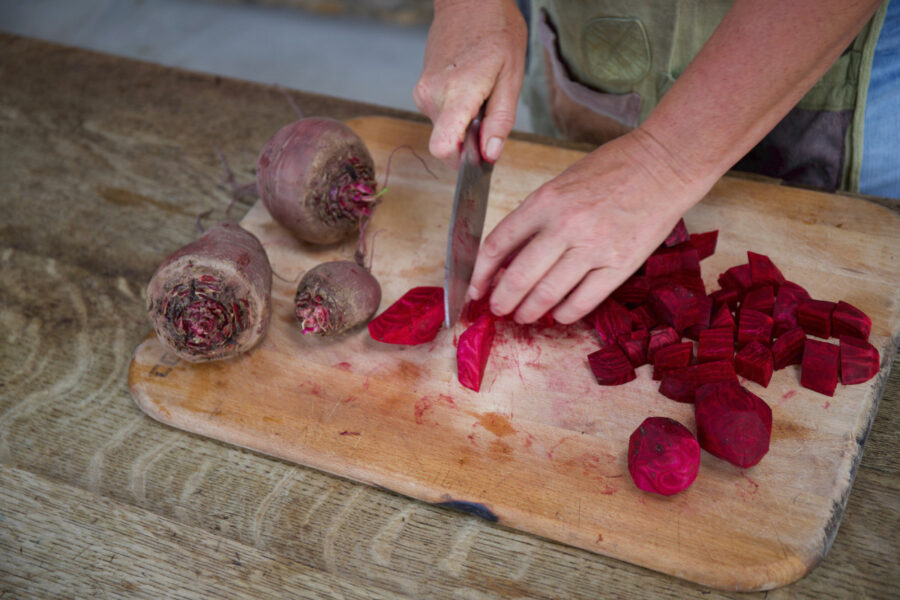
1 kg beetroot, peeled if necessary and diced into 1cm cubes
150g onions, finely chopped
3 medium sized oranges
2 garlic cloves, minced
3cm piece of fresh ginger, finely chopped
1 tsp coriander seed
1 tsp fennel seed
1 tsp cumin seed
2 tbsp light oil (sunflower, rapeseed, olive etc)
1 litre of vegetable stock or water
Salt and pepper
Fresh herbs for the top eg: chervil, parsley, coriander, mint, dill, chives
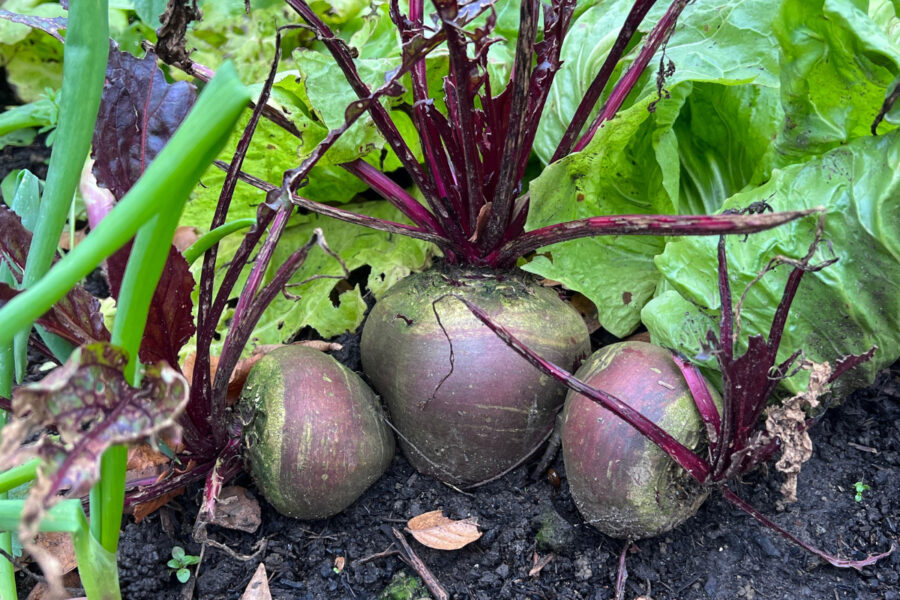
Method
Scrub the oranges, dry on a tea towel and remove the zest from all three fruits. Finely chop the zest of one of the oranges.
Toast the coriander, fennel and cumin seeds in a hot, dry frying pan (I use a cast iron skillet) for a minute, then tip the spices into a pestle and mortar and crush into a powder. Or use a mini food processor.
Place the oil in a large pan, and add the onions. Stir and cook over a low heat until the onions are translucent.
Add the spice mixture, garlic and ginger, cook for a few minutes and then add the beetroot and zest of one orange. Pour over the vegetable broth or water, and bring to the boil. Season with salt and pepper.
Reduce the heat, replace the lid and simmer for 30 minutes.
Test the beetroot for softness with the point of a knife, and cook for a further 10 minutes or so if it is not tender.
Once cooked, remove from the heat and stir in the orange juice.
Either pour into a food processor or use a stick blender to liquidise the soup. Take care because the liquid is hot.
Taste and adjust the seasoning.
Serve with a sprinkle of fresh herbs and a pinch of orange zest on top, and some crusty bread.
Add a dollop of sour cream on top if you wish. (A tasty vegan alternative can be made using cashew nuts.)
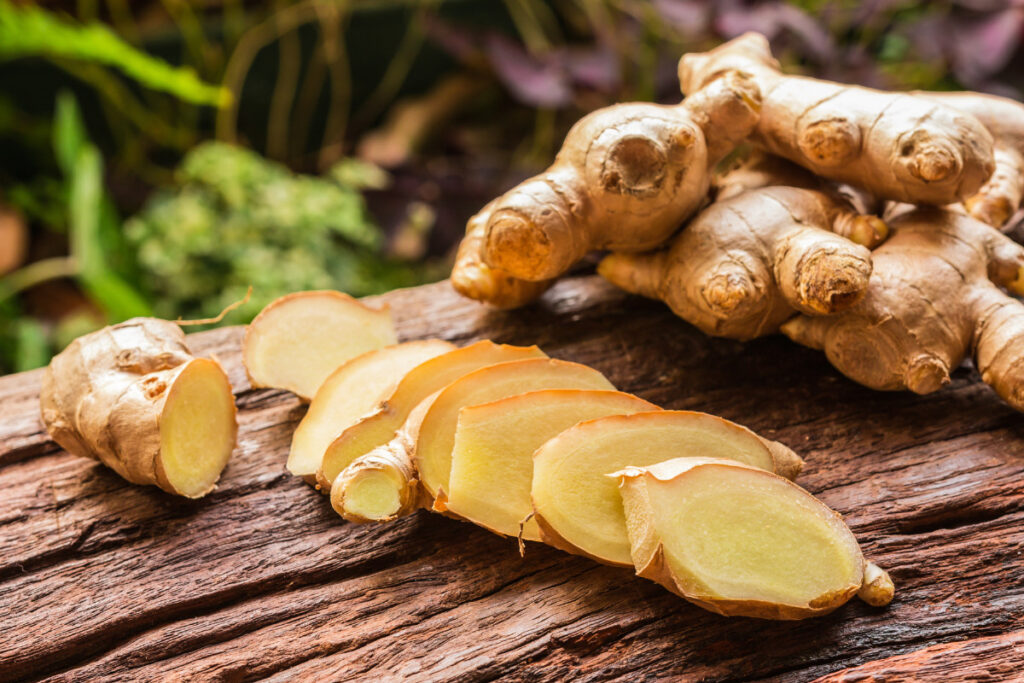
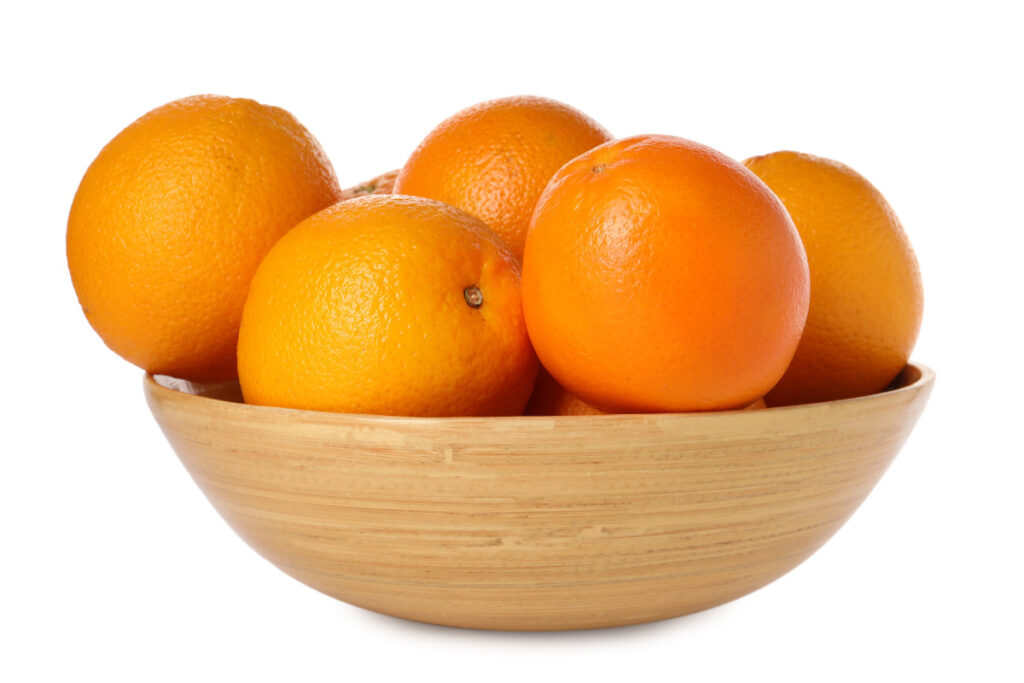
……………..
Variations
Replace some of the beetroot with diced carrots, celeriac or swede
What to do with leftover orange zest sugar and salt
Finely chop the zest, then place in a low oven, dehydrator or airing cupboard until dry. This can be stored in a clean jar, and used as a seasoning.
To make orange zest salt, mix 1 tablespoon of dried zest with 50g of sea salt (or 50g of sugar for flavoured sugar). Place in a clean jar and label. It will last for a year.
This works for all citrus zest.
Find more tips, advice and articles like this at the Amateur Gardening website. Subscribe to Amateur Gardening magazine now


